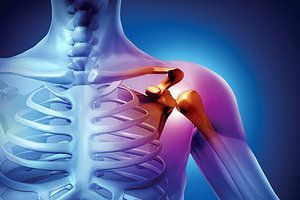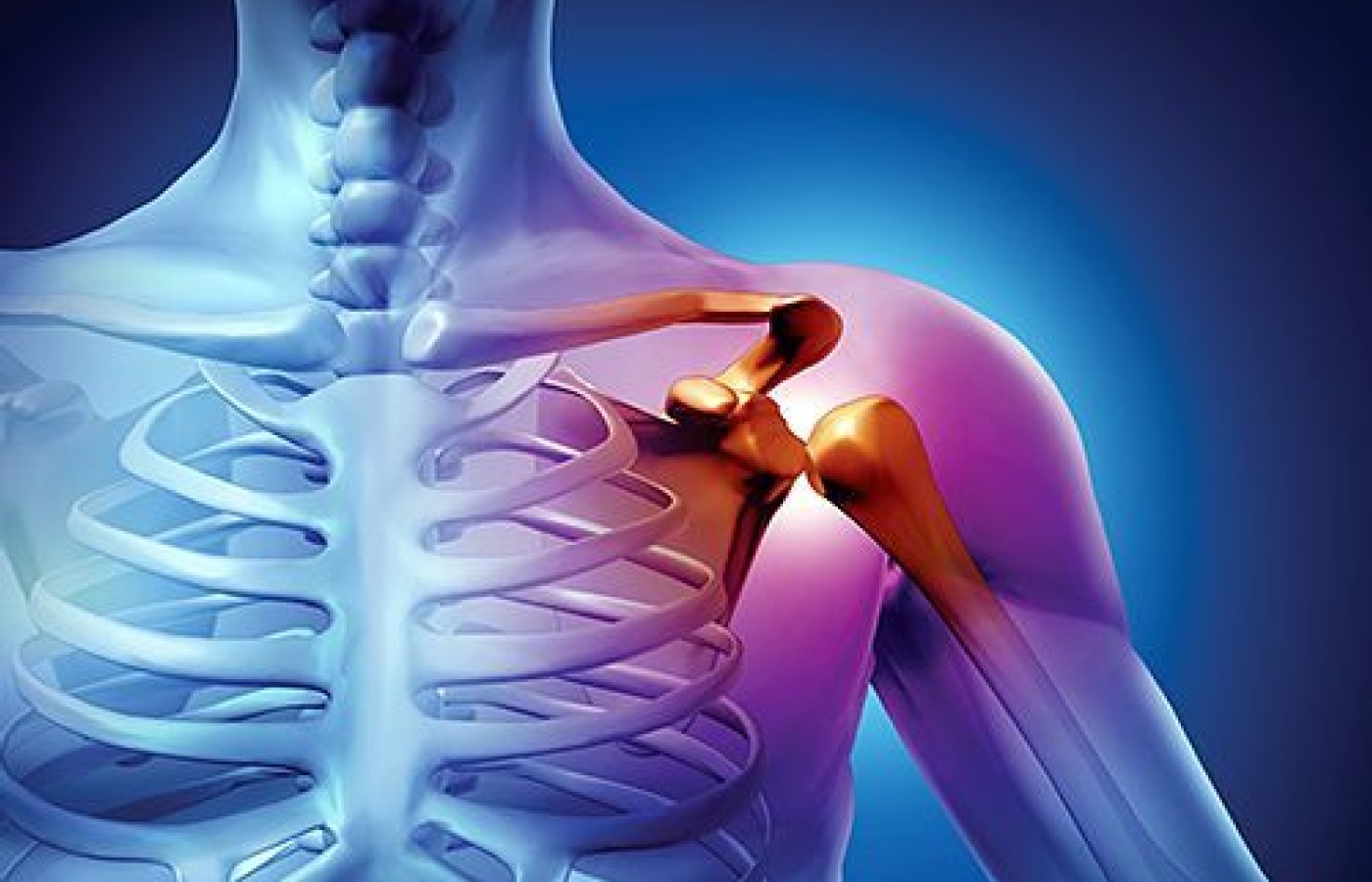On Oct. 21, 2025, a judge in Florida issued a groundbreaking decision in Complete Care v State Farm, 25-CA-1063. It concerns a fact pattern that many chiropractic doctors have faced wherein an insurer, such as State Farm or Allstate, decides to simply stop paying all claims submitted by a healthcare provider.
| Digital ExclusiveViewpoints: Massage Reduces Nonspecific Shoulder Pain, Improves Function
While seemingly universal, pain and stiffness in the shoulders can be a significant cause of disability. Often a pain that does not go away on its own, shoulder complaints tend to linger, sometimes for 12 months or longer. A recently published research analysis examined whether massage and exercise are effective in treating shoulder pain and stiffness. This month's research review by the Massage Therapy Foundation explores the findings of a meta-analysis of 20 individual trials examining the effects of massage and exercise in people with nonspecific shoulder pain.
Research Details
"Nonspecific shoulder pain" refers to shoulder pain without a clear pathology or physical signs. This broad category of potential nonspecific causes of shoulder pain includes myofascial trigger points, bursitis, impingement syndrome, rotator-cuff injuries and adhesive capsulitis. Paul ven den Dolder and his team from the Discipline of Physiotherapy at the University of Sydney in Australia published their research in the British Journal of Sports Medicine in August 2014.1
While tight and painful shoulders are a common complaint in many massage therapy settings, this represents the first systematic review of the effectiveness of massage for shoulder pain. Previous systematic reviews of the effectiveness of exercise for shoulder disorders have had differing conclusions. The authors aimed to review all of the research regarding the effectiveness of soft-tissue massage and exercise for nonspecific shoulder pain compared to placebo, no treatment or other interventions.

Studies were included in the review if they were randomized, controlled trials (RCTs) with participants who were adults with shoulder symptoms with any of the diagnoses of "rotator cuff tendonitis, rotator cuff tendinopathy, rotator cuff tear, impingement syndrome, bursitis, adhesive capsulitis, periarthritis, 'frozen shoulder' [or] non-specific shoulder pain." Studies with participants with diagnoses of "infection, neoplasm, fracture, instability, dislocation, hemiplegia, postoperative or perioperative shoulder pain or inflammatory disease" were excluded.
All studies had to include massage or exercise in isolation or with other therapies, as well as report patient outcomes such as disability, pain, and return to work. Two separate reviewers independently found studies by searching major databases including MEDLINE, EMBASE and PEDro. Then each assessed research quality and risk of bias for each of the identified studies. In total, the authors analyzed 20 discrete trials.
The Clinical Takeaway
Based on data from these 20 trials, the authors conclude that soft-tissue massage is effective for improving range-of-motion function and pain; exercise approaches improve pain immediately following treatment, although the change may not be clinically worthwhile; and exercise does not improve reported range-of-motion function.
The most important takeaway may be found in one study that showed the greatest treatment effect for massage. The authors wrote: "The greatest improvements with soft tissue massage [were found with] targeted treatment towards the lateral border of the scapula in end-range flexion, the posterior deltoid region in end-of-range horizontal flexion, anterior deltoid in end-of-range external rotation (measured as hand behind back) and pectoralis major in the stretch position. This demonstrated moderate improvements in active flexion and abduction ranges of motion, pain levels and functional scores."
The researchers also conclude that there is evidence that soft-tissue massage is effective for improving external rotation range of motion in patients with adhesive capsulitis. The authors emphasize that soft-tissue massage techniques should be considered an important form of therapy, and they encourage future researchers to describe the massage techniques used in their studies in more detail.
While this meta-analysis was well-conducted and thorough, it is limited by the generally low quality of the included studies. All of the studies that showed any effect for massage or exercise were low-quality RCTs. This research review is also limited by the fact that nonspecific shoulder pain is an incredibly broad category. Thus, many possible massage and exercise treatment approaches may be indicated. Matching up the correct treatment to the correction presentation is difficult for practitioners and researchers alike. In the future, higher-quality research is needed to determine which techniques work best for which subgroups of patients.
The ven den Dolder, et al., review makes several contributions to research, practice, and the field of massage therapy. First, this systematic review of RCTs makes a significant contribution to the body of massage research providing supportive evidence that soft-tissue massage is effective for improving range of motion, function and pain in people with shoulder pain. Second, these findings provide practitioners with the evidence needed to justify using massage techniques as an effective means of treatment for shoulder pain and stiffness. Finally, as research accumulates and supports evidence-based practice for treating common conditions such as shoulder pain, the field of massage will increase its presence in the practice of personal health and wellness.
Editor's note: To learn more about the effects of massage therapy, review the Massage Therapy Foundation article archives, read accepted MTF research grant abstracts, or search PubMed for massage therapy studies, click here. Members of the MTF research team who contributed to this article are Derek R. Austin, PT, DPT, MS, BCTMB, CSCS; Jolie Haun, PhD, EdS, LMT; and Pualani Gillespie, LMT, MS, RN, BCTMB.
Reference
- van den Dolder PA, Ferreira PH, Refshauge KM. Effectiveness of soft tissue massage and exercise for the treatment of non-specific shoulder pain: a systematic review with meta-analysis. Br J Sports Med, 2014 Aug;48(16):1216-26.



